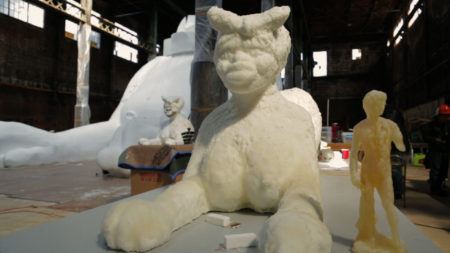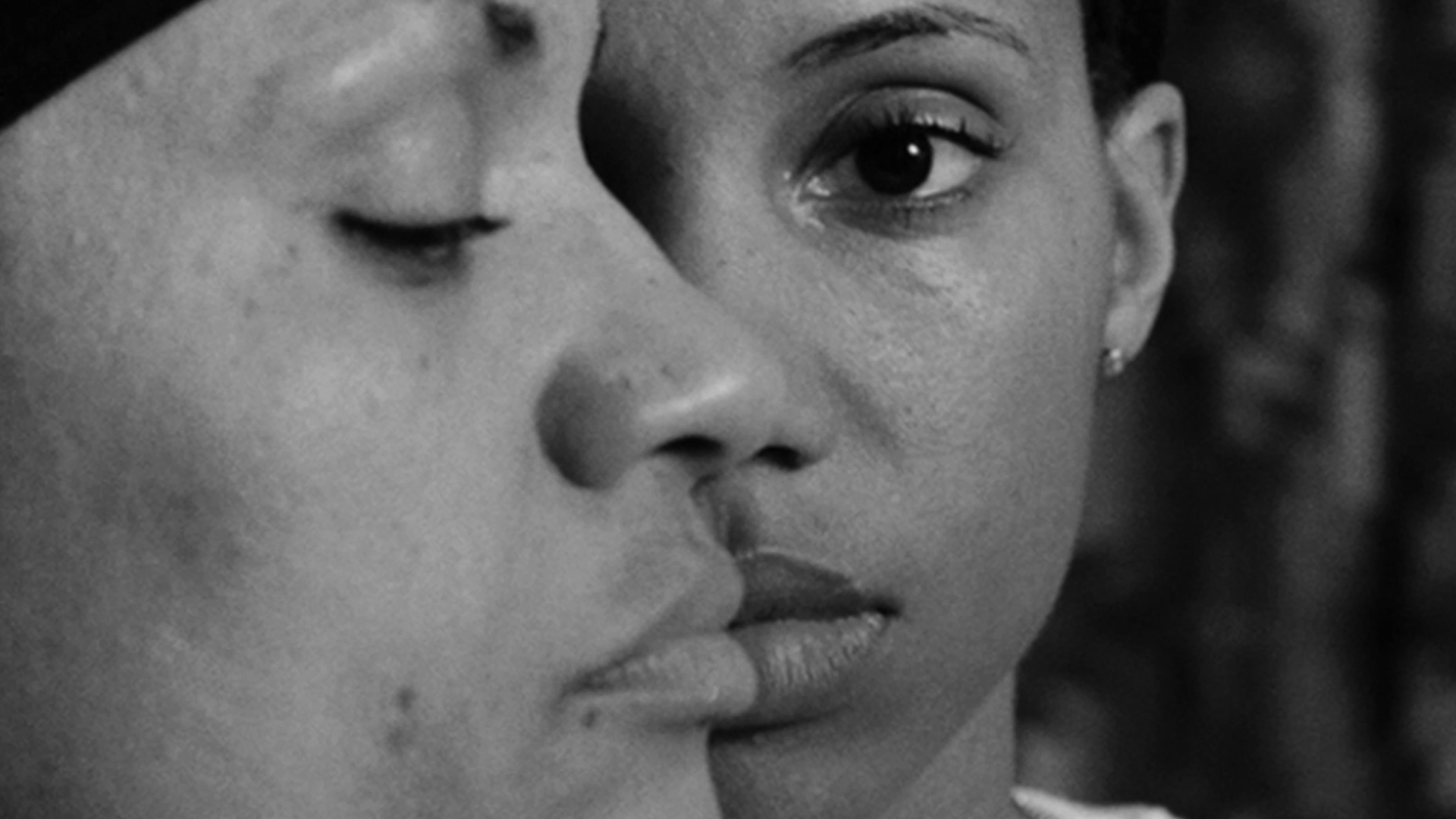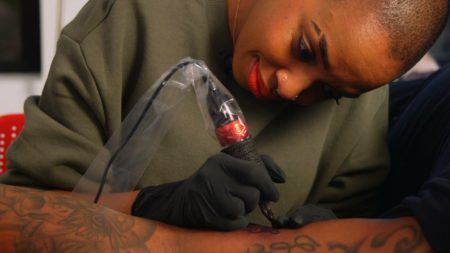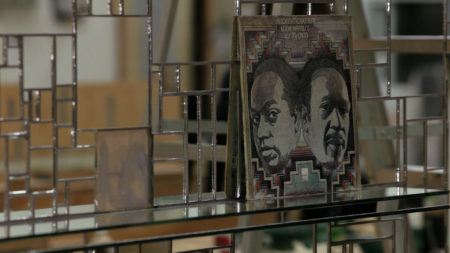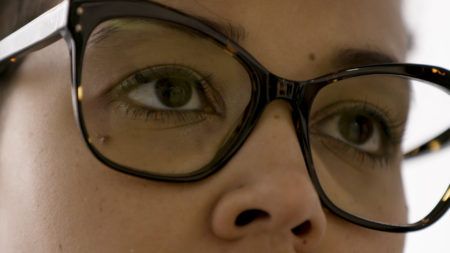Continue playing
(Time remaining: )
Play from beginning
Continue playing "{{ controller.videos[controller.getVideo(controller.currentVideo)].segmentParentTitle}}"
{{controller.videos[controller.getVideo(controller.currentVideo)].title}} has ended.
Doreen Garner Sculpts Our Trauma
Can an artist induce trauma to fight trauma? With an ambitious exhibition and performance project at Pioneer Works in Brooklyn, artist Doreen Garner forces audiences to face the profound racism underlying the life and work of Dr. J. Marion Sims. Sims, long considered the “father of modern gynecology,” performed torturous procedures on enslaved Black women without anesthesia or consent, for the purposes of experimentation and research.
As part of the two-person exhibition White Man On A Pedestal with artist Kenya (Robinson), Garner creates visceral, life-like sculptures made of silicone, pearls, Swarovski crystals, and glass beads, that acknowledge the brutality endured by Sims’s subjects. For her performance Purge, Garner recreates the monument to Sims that stands in Central Park, casting a silicone replica of the statue. With a group of Black female performers, she then enacts the very gynecological surgery that Sims became famous for—repair of the vesicovaginal fistula—upon this silicone body. “I’m operating in a really weird place,” explains Garner. “I’m a Black woman horrified by these actions, and yet I have to show all these actions so that it’s not a situation where people are able to overlook this information anymore.”
In January 2018, after growing public scrutiny, the City of New York decided to relocate Sims’s monument to Green-Wood Cemetery in Brooklyn, where Sims is currently buried. The statue will be installed without its pedestal and accompanied by informational plaques that contextualize his legacy of medical experimentation on Black women.
Credits
New York Close Up Series Producer: Nick Ravich. Director & Editor: Brian Redondo. Cinematography: Brian Redondo. Additional Camera: Diana Diroy, Anna Barsan. Sound: Diana Diroy. Production Assistant: Ife Adelona. Design & Graphics: Open, Urosh Perisic. Artwork Courtesy: Doreen Garner. Music Courtesy: Blue Dot Sessions, Federico Escalante.
Thanks: Ololade Adeniyi, Aisha Awadallah, Christina Daniels, Becky Elmquist, Justin Frye, David Everitt Howe, Independent Studio & Curatorial Program New York, Alex Laviola, Allison McDaniel, Monica Moraru, Tann Parker, Pioneer Works, Christa Pratt, Kenya (Robinson), Gabe Rubin and Louisa Willis.
New York Close Up is supported, in part, by The Lambent Foundation; public funds from the New York City Department of Cultural Affairs in partnership with the City Council; and by individual contributors.
Closed captionsAvailable in English, German, Romanian, Italian, Japanese, Korean, Chinese, Italian
Through the Art21 Translation Project, multilingual audiences from around the globe can contribute translations, making Art21 films more accessible worldwide. Translate this video now.
Interested in showing this film in an exhibition or public screening? To license this video please visit Licensing & Reproduction.
KING COBRA (documented as Doreen Lynette Garner) was born in 1986 in Philadelphia, Pennsylvania. She lives and works in Brooklyn, New York. Assertively reclaiming power, COBRA’s work confronts viewers, challenging them to consider their complacency in systems of objectification, racism, false narratives, and historical omissions while commemorating those who have been subjected to enslavement, medical torture, and racial oppression.
“I try to create a traumatic experience. I want the audience to walk away feeling like they can’t unsee what they just saw. Something that is burned in and lasts, and you can never get rid of it.”
Doreen Garner
Black Voices
Kara Walker
Kerry James Marshall
Carrie Mae Weems
An artist’s identity and experiences implicitly inform, and in some cases even drive, the work they create. By transforming the contemporary Black experience into powerful works of art, African American artists have created some of the most compelling, significant artworks of our lifetime.


